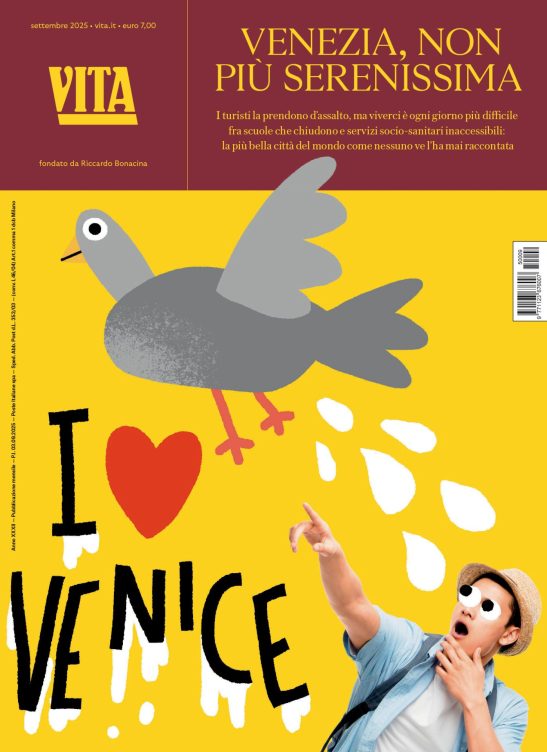Sostenibilità
Wind could produce 25% of EU electricity by 2030
Technologies are considered a cornerstone of EU efforts to tackle climate change.
di INSnet intl
Wind energy could easily provide for more than one fourth of the EU’s electricity by 2030 provided that wind farms are better connected to existing electricity grids and that a new grid to exploit the offshore wind industry is built, according to a stakeholder action plan detailing research and political priorities for the sector.
Technologies are considered a cornerstone of EU efforts to tackle climate change. On 22 November 2007, the Commission presented its Strategic Energy Technology (SET) plan, along with a technology map, designed to invigorate the development of ‘clean’ technologies in the EU. The Commission has also put forward a communication on lead markets, featuring six priority areas including renewable energy.
The European Wind Energy Technology Platform, launched in October 2006, is one of the 34 European technology platformsexternal , which are public-private partnerships of key stakeholders in different technological areas. Their aim is to allow stakeholders to jointly define research needs on a specific field, to influence industrial and research policy at EU, national and regional levels and to encourage public and private investments in R&D and innovation through implementation of large-scale applied and industrial-based research activities on identified needs.
“In 2030, wind energy will be a major modern energy source; reliable and cost-competitive in terms of cost per kWh,” predicts the European Wind Energy Technology Platform in its long term strategic research agenda and market deployment strategy.
The objective of this action plan is to make wind provide up to 28% of EU electricity consumption by 2030, corresponding to a total of 300 GW, explained the Secretary general of TPWind, Nicolas Fichaux. Currently, 57 GW are installed and connected to electricity grids, corresponding to some 3% of the total EU consumption.
Fichaux said that the yearly growth in EU’s wind energy capacity is some 19-20%, corresponding to the rapid growth rates witnessed in the internet, mobile telephony and other high-technology sectors. In the future, even more rapid market development will, according to the platform, be driven namely by increasing concerns over:
* sustainability and the impacts of climate change;
* oil and gas depletion;
* high costs and the unpredictable availability of fuel (security of supply), and;
* CO2 allowance prices under the EU’s emissions trading scheme.
The main problem for reaching the 300 GW objective by 2030 is the availability of electricity grids and connecting wind farms to them, said Fichaux, arguing that “more transparency” regarding connectivity was needed in Europe.
Other problems identified by the platform include the lack of a grid to exploit offshore wind industry as well as the lack of international markets due to poor availability of connection lines between the different countries.
TPWind is therefore urging the European Commission and member states to provide funding to it for the implementation of its action plan through concrete research projects. It also sees the review of the EU’s research framework programme FP7, taking place in 2009, as a major opportunity to promote renewable energies.
In this regard, the platform’s strategic research agenda defines both short, medium and long term research priorities in four areas: wind conditions, wind turbine technology, wind energy integration and offshore deployment and operation. It also defines policy priorities for the sector and examines ways to remove market barriers to large-scale wind energy deployment.
17 centesimi al giorno sono troppi?
Poco più di un euro a settimana, un caffè al bar o forse meno. 60 euro l’anno per tutti i contenuti di VITA, gli articoli online senza pubblicità, i magazine, le newsletter, i podcast, le infografiche e i libri digitali. Ma soprattutto per aiutarci a raccontare il sociale con sempre maggiore forza e incisività.
